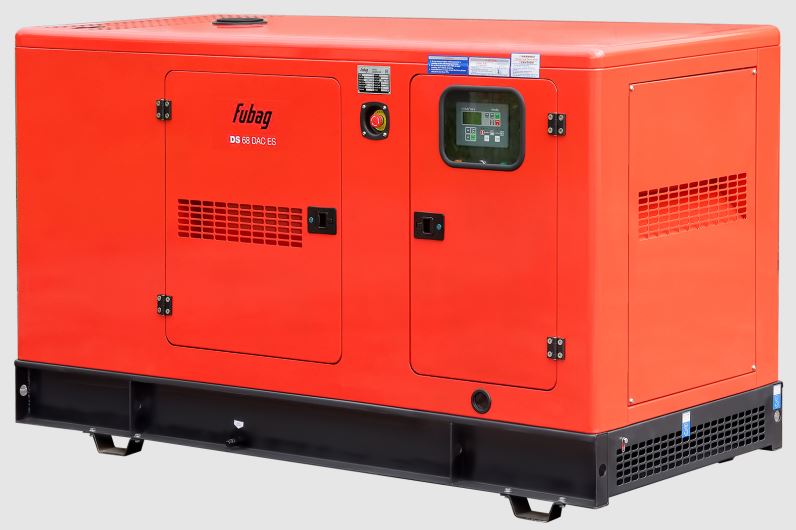Home / Articles / Autonomous fire system: what is it and how it works
Autonomous fire system: what is it and how it works

Autonomous fire system: what is it and how it works
An autonomous fire system (APS) is an independent fire protection system that is capable of detecting a fire and taking action to extinguish it without the need for human intervention or connection to a central system. These systems are widely used in places where a high degree of protection is required, but it is not possible to install an integrated fire alarm and extinguishing system.
The main components of an autonomous fire system
- Smoke and fire detectors: Devices that detect signs of fire, such as smoke, heat or flames.
- Sound and light alarms: they are triggered when a fire is detected, warning people in the room about the need to evacuate.
- Extinguishing system: may include fire extinguishers, gas, powder or aerosol extinguishing agents that are activated automatically.
- Controller or central module: a control device that coordinates the operation of all system components.
- Power sources: stand-alone batteries or accumulators that ensure the operation of the system in the event of a power outage.
The principle of operation of an autonomous fire system
- Detection: Smoke or fire detectors detect the first signs of a fire.
- Alert: Immediately after the fire is detected, sound and light alarms are triggered, warning people about the need to evacuate.
- Automatic extinguishing: The extinguishing system is activated and begins to supply extinguishing agent to the fire zone, which allows you to localize and extinguish the fire at an early stage.
- Signal transmission (optional): Some autonomous systems can transmit a fire alarm to users’ mobile devices or to the dispatch service.
Advantages of autonomous fire systems
- Independence: APS do not require connection to a central fire alarm system, which allows them to be used in remote and autonomous facilities.
- Quick response: Automatic activation of the system allows you to quickly detect and extinguish a fire, minimizing damage.
- Easy to install and maintain: Such systems are generally easier to install and maintain compared to integrated fire protection systems.
- Cost-effective: APS can be a more cost-effective solution for small facilities or premises with limited security budgets.
The use of autonomous fire systems
Autonomous fire systems are widely used in various fields, including:
– Residential premises: apartments, private houses, cottages.
– Small commercial facilities: shops, offices, warehouses.
– Vehicles: cars, trucks, buses.
– Industrial facilities: small workshops, workshops, hangars.
Conclusion
Autonomous fire systems are an effective and reliable means of fire protection, especially in conditions where the installation of complex systems is impossible or impractical. Due to their independence, responsiveness and ease of use, such systems provide a high level of safety and minimize the risks associated with fires.
| Order the installation of an autonomous fire system
24.06.2024
494 👁